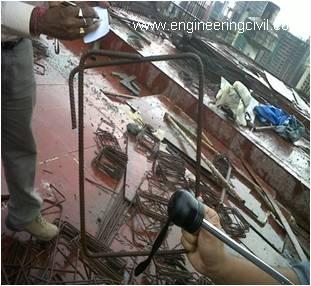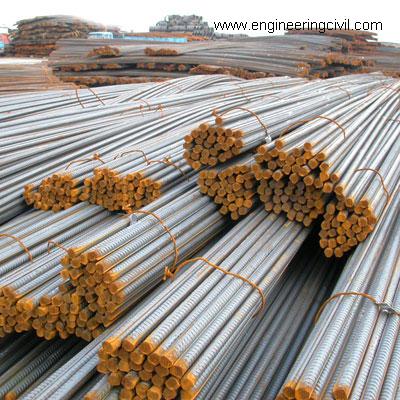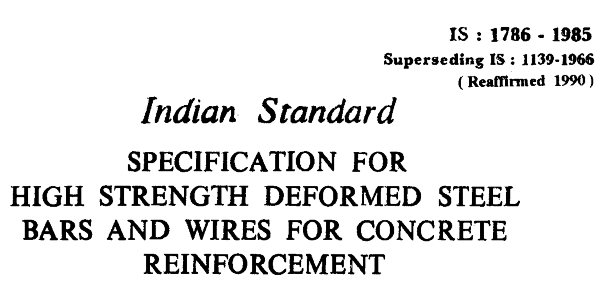Before undertaking a construction project it is necessary to know the expected cost and it is worked out by estimation. It is a computation of the quantities required and expenditure likely to be in the construction of the work.
The following are the different types of estimates:
1. Preliminary or Approximate Estimate:
This estimate is prepared to decide the financial aspects,policy and to give the idea of the cost of the proposal to the competent sanctioning authority.The calculation for approximate estimate is done in many ways. There are three types of approximate estimate
Read More






